Recently, the People's Council of Can Tho City held a meeting to approve a Resolution on the policy of rearranging the city's commune-level administrative units. In particular, in Ninh Kieu District, the place name Tan An was chosen to name the new ward, after merging Hung Loi and An Khanh wards. So, when did the place name Tan An come into existence and what mark does it have in the history of the formation and development of Can Tho city?
Tan An Public Office still has relics on Phan Dinh Phung Street, Tan An Ward, Ninh Kieu District.
History books record the place name Tan An
The work “Can Tho Gazetteer” (Provincial Party Committee, People’s Committee of Can Tho Province, 2002) has a passage that states: “In terms of the time of land reclamation, Tan An and Thoi Binh villages were formed early on this high land. Perhaps the waves of the big river and the big canals that the early people did not have enough means to control the unconscious power of nature, so they had to take refuge in small, calm canals such as Can Tho canal, Tham Tuong canal, Binh Thuy canal”.
In the book “Dictionary of administrative place names in the South”, researcher Nguyen Dinh Tu in the entry “Tan An” said: Tan An is a village in Vinh Dinh district (no commune yet), Dinh Vien prefecture, Vinh Thanh town, Gia Long dynasty (1802-1820). Thus, up to now, the place name Tan An has been around for more than 200 years. The book also said that during the Minh Mang dynasty, Tan An belonged to Dinh Bao commune, Vinh Dinh district, Ba Xuyen prefecture, An Giang province. After the reign of Thieu Tri and Tu Duc, until the beginning of the French colonial period, it still belonged to Dinh Bao commune, and was placed under the Phong Phu inspection district, then Can Tho. In 1871, it belonged to the Sa Dec inspection district (because Can Tho merged into Sa Dec). From January 5, 1876, Tan An was a village under the Tra On inspection district, then Can Tho. From January 1, 1900, Tan An belonged to Can Tho province.
To strengthen this data, looking up the work "Gia Dinh Thanh Thong Chi" by Trinh Hoai Duc, compiled from the Gia Long dynasty to the beginning of the Minh Mang dynasty, recorded that Vinh Dinh district had a total of 37 villages and hamlets, including Tan An village.
In the work “Research on Nguyen Dynasty Land Register” - book “An Giang” by researcher Nguyen Dinh Dau, there are also many documents about the place name Tan An in Can Tho. For example, the Land Register of An Giang province in 1876 recorded that Tra On district had its provincial capital in Can Tho, with 10 large markets: Can Tho, Tra On, Binh Thuy, O Mon, Cau Ke… and among them was the name “Tan An market (Middle Market)”.
In the book "Summary of research on the area of the Southern region of the six provinces" also by researcher Nguyen Dinh Dau, there is a section ranking the actual cultivated land area of 1,637 villages in the six provinces in 1836-1837 (in order from least to most), Tan An village at that time belonged to Dinh Bao commune, Vinh Dinh district, An Giang province, with a measured area of 1,053 mau, 4 sao, 4 round thuoc, ranked 1,472, showing the large scale of the village at that time. This area is equivalent to about 10,534km2, compared to the area of 29.22km2 of Ninh Kieu district today, it is about more than 36%, although it is only the actual cultivated land area.
Decree of conferring the title of Thanh Hoang of Tan An village, Phong Phu district, on November 29, the 5th year of Tu Duc (1852).
Another research work on ancient Can Tho is “Geography of Can Tho Province” (French document - “Monographie de la province de Can Tho”), published in 1904, which recorded that Can Tho province was divided into 9 cantons, with 90 villages and many hamlets. Tan An village belongs to Dinh Bao canton with the caption “chef-lieu”, meaning provincial capital, with a population of 9,961 people, ranking 2nd out of 10 villages of Dinh Bao canton, just after Nhon Ai village. This document also recorded that Can Tho province had 10 large markets, of which the market recorded as: Can Tho (Tan An village) ranked first.
In the book “Can Tho past and present” by Huynh Minh (Canh Bang edition 1966) it is recorded: “In the 20th year of Minh Mang (Ky Hoi 1836), the land of Can Tho was named Phong Phu district, under Tuy Bien prefecture, An Giang province, including 3 cantons, 31 communes and villages. During this period, Can Tho (former Phong Phu district) became even more prosperous. Regarding administration, the district was located in Tan An village, with a perimeter of 50 truong, and a bamboo fence”.
From this document, we compared it with the book “Dai Nam Nhat Thong Chi”, compiled by the National History Institute of the Nguyen Dynasty during the reign of King Tu Duc, and determined that the author Huynh Minh based it on this historical document. “Dai Nam Nhat Thong Chi” recorded: “Phong Phu district capital: 50 truong in circumference, fenced with spikes, located in Tan An village. Previously the old capital of Vinh Dinh district, now the capital of this district”. Also in this work, the “Markets and shops” section recorded that Phong Phu district had 3 large markets in total, the first was Thoi An Dong market, the next was Tan An market in Phong Phu district capital, and the next was Can Tho market, also Phong Phu district capital, near Can Tho river.
Related to Tan An Temple
From the above historical documents, we can conclude 3 major issues: First, the place name Tan An was born very early, it was one of the first villages of Can Tho (according to current geography), from the Gia Long period. Second, since the place name Tan An was chosen to name the village, Tan An has always become the provincial capital. Third, the area of Tan An village is large, the market is crowded, and it was the most developed in Can Tho at that time.
For example, during the French colonial period, Tan An Cong So or Nha Viec Tan An (now located on Phan Dinh Phung Street) was very large and was the place to organize major events. Typically, in the first issues of the An Ha Daily Newspaper, An Ha Newspaper, published in the early 1920s, there were many continuous articles reporting on the fairs, exhibitions, and Spring performances at Tan An Cong So.
Speaking of the vastness of the ancient Tan An village, we cannot fail to mention the history of Tan An Communal House. Because the communal house is closely linked to the formation and development of the land. The history of Tan An Communal House was recorded by author Huynh Minh in the book "Can Tho past and present" that: In 1880, the communal house was built with trees and leaves at Cho Giua, more than 3km from Can Tho. There are documents stating that the name Cho Giua originated from its location between Can Tho market and Cai Rang market. Comparing the document "Research on land registers of the Nguyen Dynasty" - the book "An Giang" presented above, Cho Giua is another name for Tan An market (not the current Tan An market). The name Cho Giua is now around the current Tam Vu market, in Hung Loi ward. In 1899, the communal house was moved near the mouth of Ba Nga canal, near Tham Tuong bridge (around the current Vincom building, in Xuan Khanh ward). This document is valuable evidence that the ancient Tan An village area includes today's Hung Loi ward and was once chosen to build Tan An Communal House with a location facing Can Tho River.
The book “Monographie de la province de Can Tho” (“Geography of Can Tho Province”) published in 1904 recorded Tan An village in Dinh Bao commune as the provincial capital.
A detail related to Tan An Communal House to see that the place name Tan An was born very early is that the communal house was conferred the title of Bon Canh Thanh Hoang in the 5th year of Tu Duc, 1852, with the following passage: "But the standard, Phong Phu district, Tan An village still serves, the Gods are still present, and the people still protect me". This means that Tan An Communal House must have existed before 1852, because there was a decree conferring the title of God and the decree had the phrase "y cuu phung su" - worshiping as before.
Tan An Communal House used to worship the Human God, Mr. Nguyen Thanh Trung. He was the Inspector of Education of An Giang Province, his land extended to the old Cho Giua area, roughly understood as the area from Tam Vu Market to near Xuan Khanh Market today. He often helped the poor, especially by donating land and money to build the communal house. Nam Ky Weekly from March to October 1943 published the travelogue series "Twenty-five days in search of traces of the ancients" by journalist Khuong Viet. In the section "Straight down to Tay Do", the first place the author visited was the church and tomb of Mr. Nguyen Thanh Trung. According to the description of journalist Khuong Viet, this destination was about 4km from Chau Thanh (roughly understood as the center of Ninh Kieu District now), in Xuan Hoa Hamlet, Tan An Village. We once went to find and were lucky to "meet the ancients" in front of Mr. Nguyen Thanh Trung's tomb, in the alley of Tam Vu Street, not far from Tam Vu Market. This interesting document reinforces the information: the current Tam Vu market area used to be Xuan Hoa hamlet, Tan An village, which was considered "outside Can Tho city" and also confirms that Tan An village used to be as wide as Hung Loi ward today.
And not only that, also in this article, author Khuong Viet visited the tomb of Mr. Cham Hoang, on the other side of the Can Tho River, which still exists today, in Hung Phu ward, Cai Rang district. The author said that at that time it belonged to Lo Gach hamlet, My Hung hamlet, Tan An village.
Another evidence of the scale of the ancient Tan An village. At a cemetery currently located in the An Binh resettlement area, in the present An Binh ward, there are many tombstones that are over 100 years old. For example, the tombstone of Mr. Truong Van Chat (1845 - 1920) clearly states: "Nam Ky. Tan An village. Co phu nguyen Chanh Bai tinh Truong tay Chat chi mo", which is understood to be the tombstone of Mr. Chanh Bai Truong Van Chat in Tan An village (in 1919, Mr. Chat was the Village Chief).
***
The place name Tan An in the South is quite popular, given to hamlets (for example in Vinh Long, Ben Tre, Dong Thap...); commune level (in An Giang, Tra Vinh...); district level (Tan An city in Long An province) or even province level (Tan An province during the French colonial period). For Can Tho, the place name Tan An is closely associated with the history and culture of a large area of land in Ninh Kieu district. Therefore, the fact that the functional sector of Can Tho city retains and chooses the place name Tan An for a ward after the merger is necessary and meaningful.
Source: https://baocantho.com.vn/doi-dieu-ve-dia-danh-tan-an-o-can-tho-a186066.html


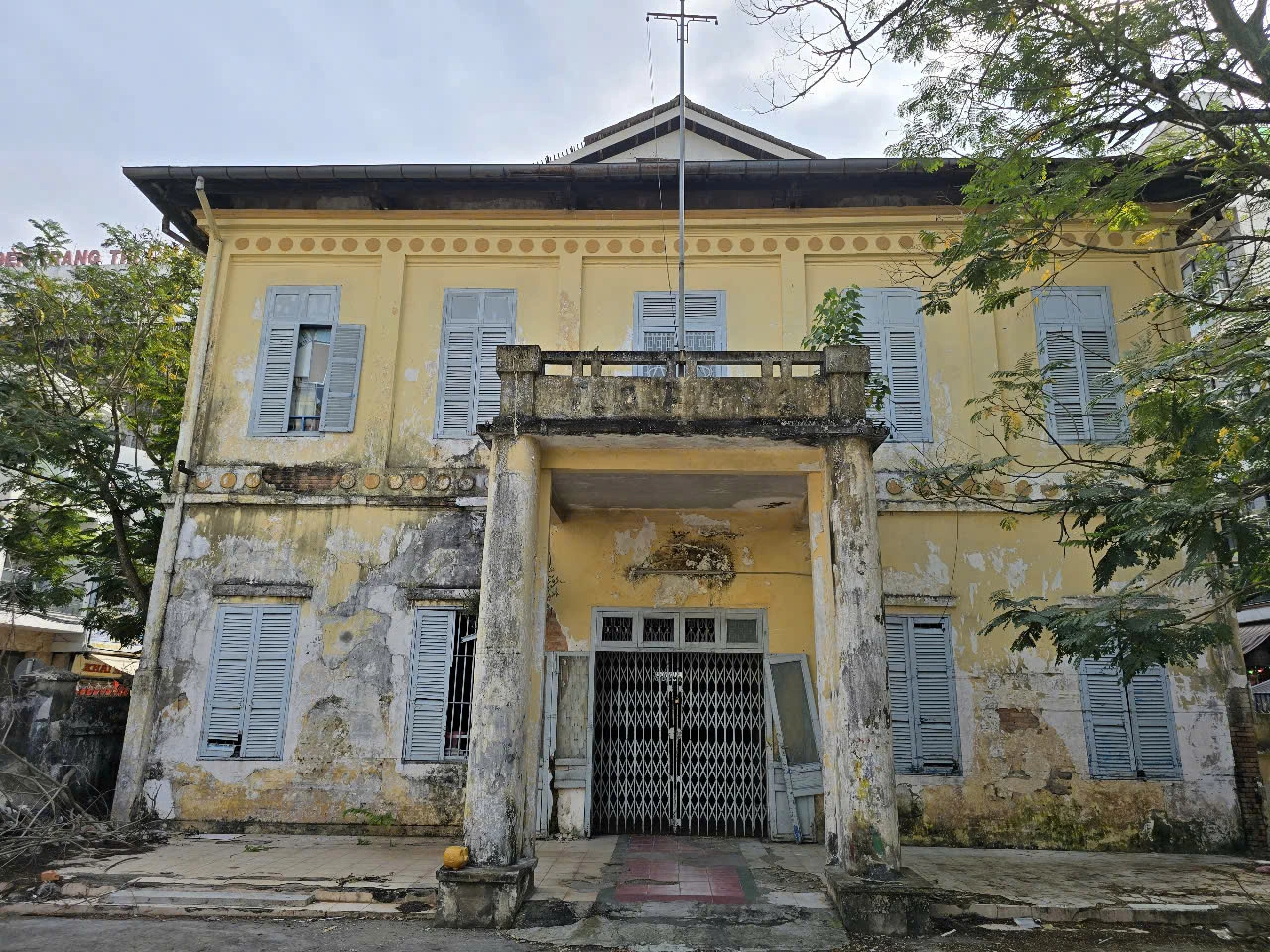
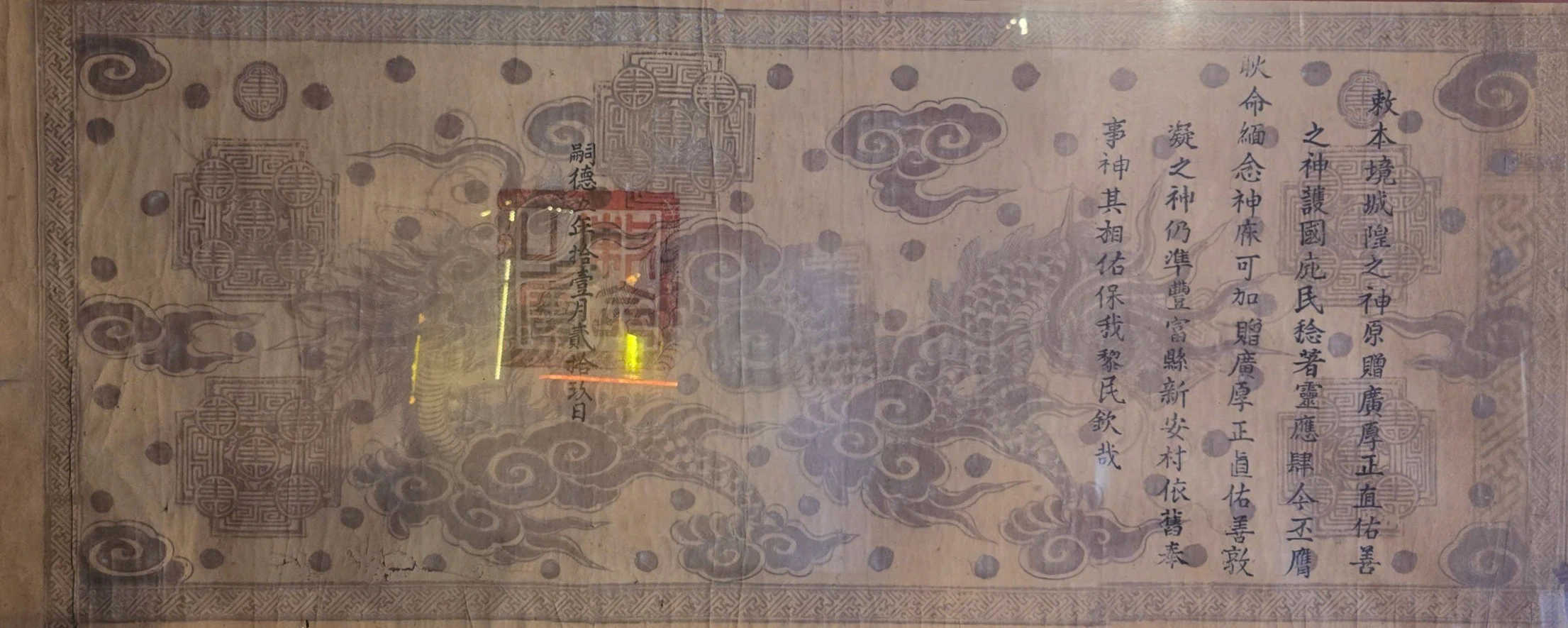
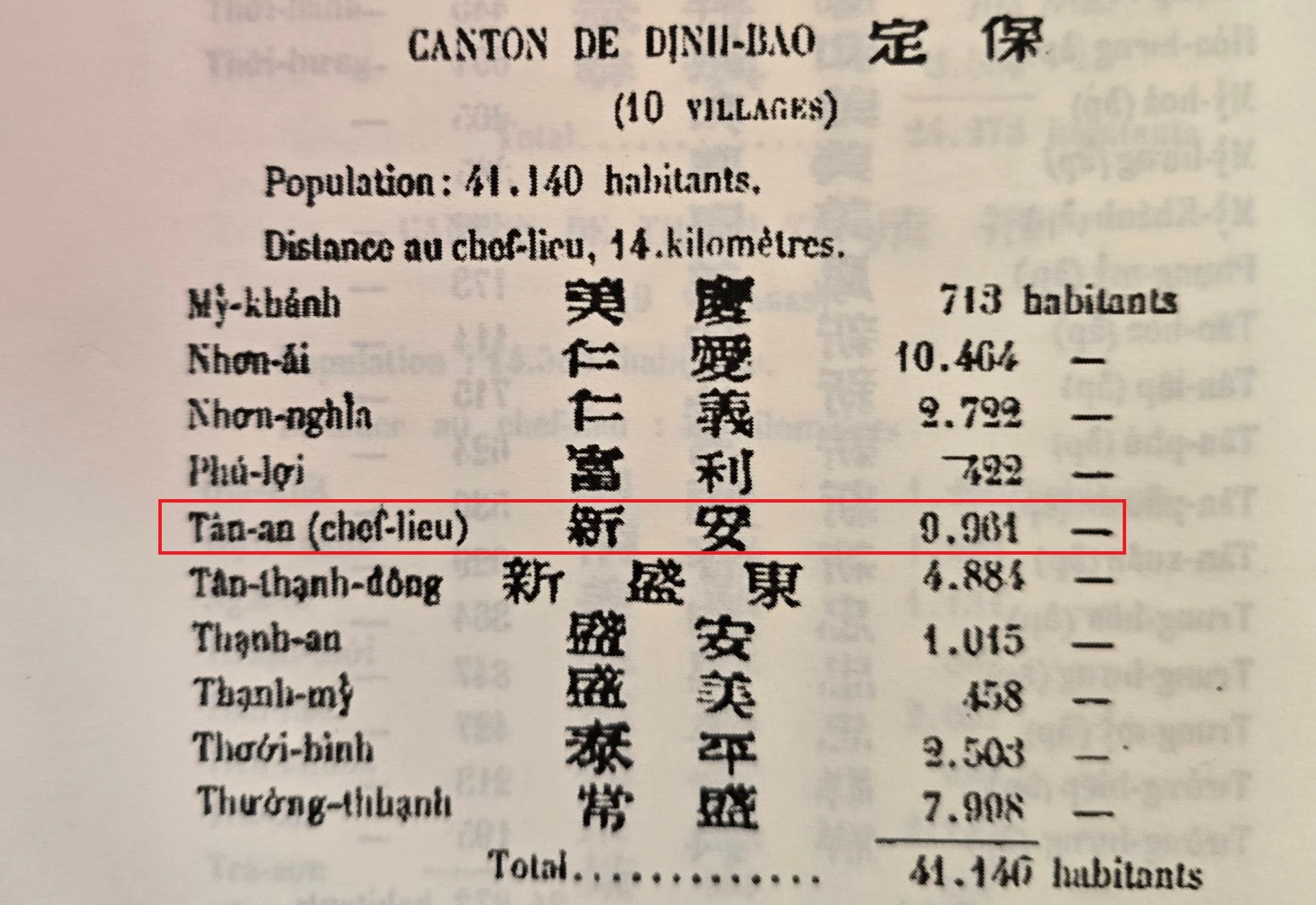

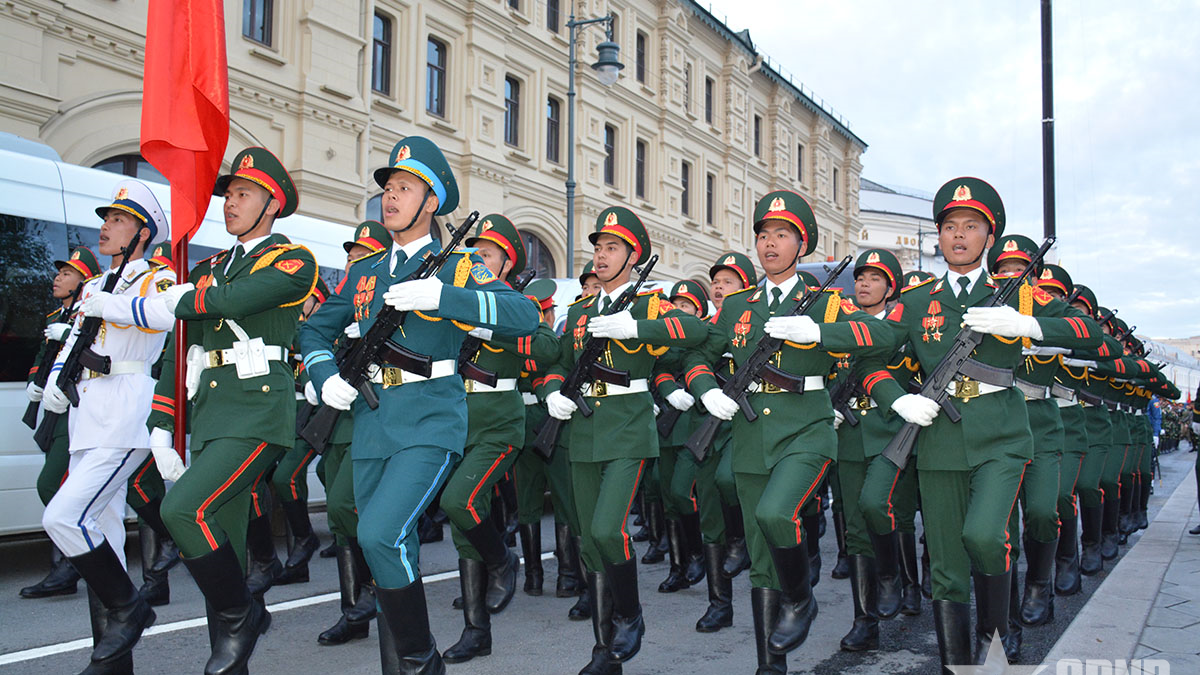

![[Photo] Vietnam shines at Paris International Fair 2025 with cultural and culinary colors](https://vphoto.vietnam.vn/thumb/1200x675/vietnam/resource/IMAGE/2025/5/4/74b16c2a197a42eb97597414009d4eb8)













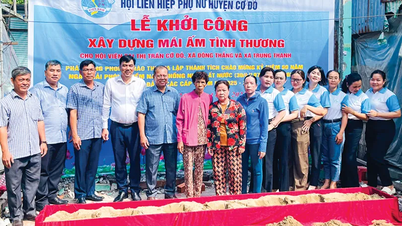


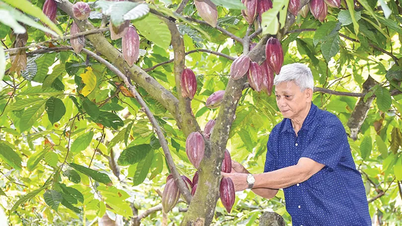





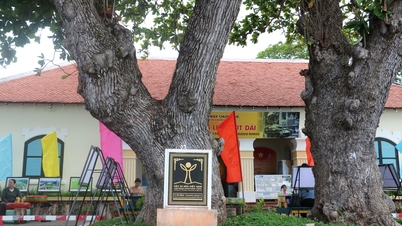

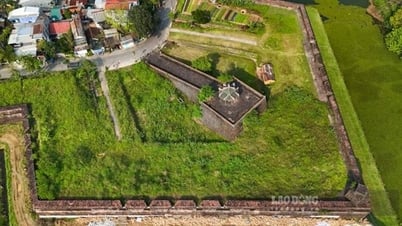







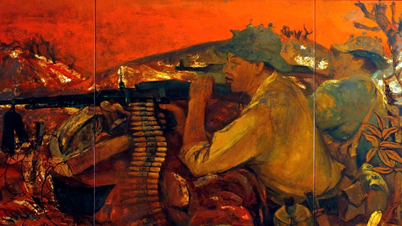







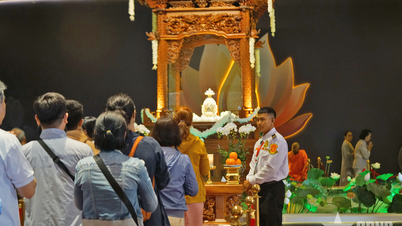


















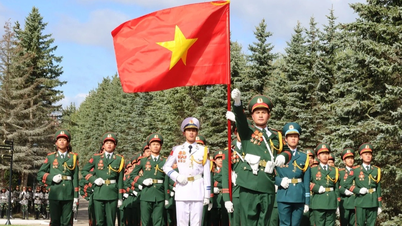


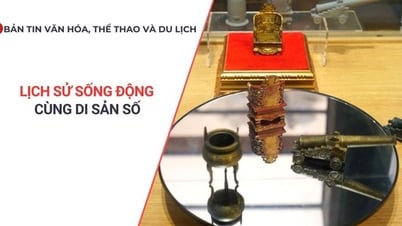

















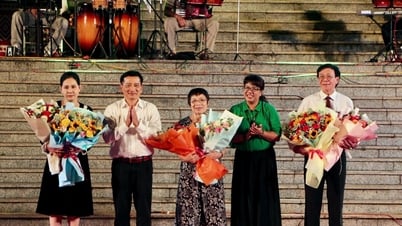




![[Video]. Building OCOP products based on local strengths](https://vphoto.vietnam.vn/thumb/402x226/vietnam/resource/IMAGE/2025/5/3/61677e8b3a364110b271e7b15ed91b3f)



Comment (0)